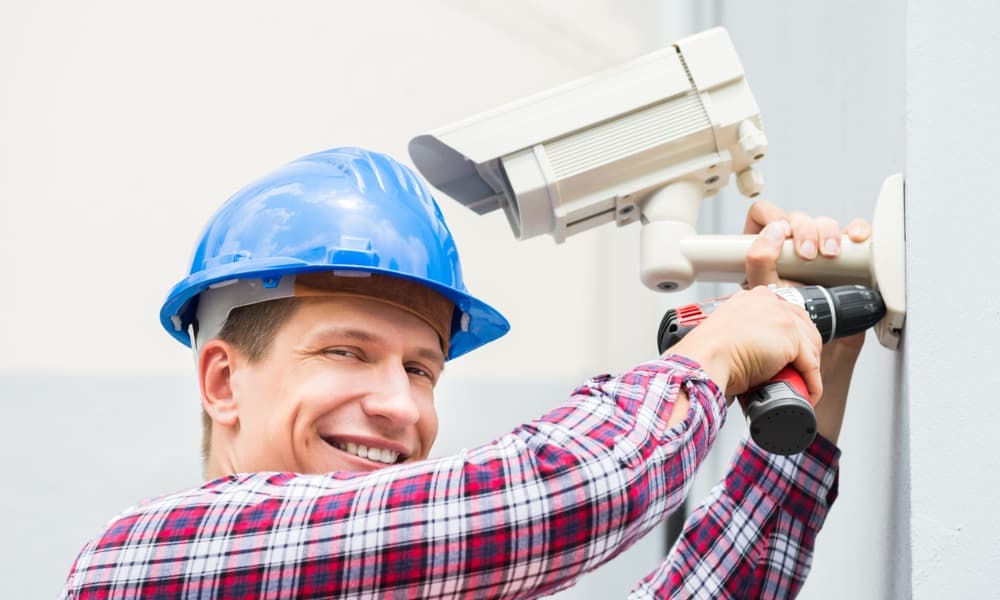A security camera system is the key to securing your business against vandalism, theft, and similar issues. Discover in this guide how proper security camera installation enhances safety monitoring capabilities and effectively reduces insurance premiums.
Key takeaways:- Proper security camera installation increases safety, improves monitoring abilities, and reduces insurance premiums.
- The first step in a successful camera installation is assessing security needs.
- The next step is to select the right camera for your premise
- Your business must also choose the best storage and management solutions for the security cameras
- Successfully installing the cameras requires expert assistance.
Step 1: Assess security needs
Before you install a security camera system, you must assess your business’s security needs. Begin by identifying the main areas and assets that need surveillance, including the perimeter, entrances, exits, parking lots, reception areas, and retail floors. Once you’ve identified these spots, narrow down and prioritize individual areas by establishing the types and number of security cameras needed. For instance, you may install dome and bullet cameras within retail space floors and parking lots. Conducting a risk assessment is also a crucial step that will ensure you strategically install security cameras for optimum protection. This process helps identify vulnerable areas and assets that require specific camera systems and tailor your security solutions to fit specific business needs.Step 2: Choose the suitable security cameras
A cornucopia of security cameras is available today and can be grouped into different categories, from dome and bullet to box and pan-tilt-zoom (PTZ) cameras. But they have different capabilities and are made by assorted brands. So, how do you choose the suitable security cameras for your business?-Prioritize good resolution
If you want to get the most out of security cameras, choose products with reasonably high resolution. They will generate clear images and videos to identify minute and essential details after an incident. High-resolution cameras perform exceptionally well, even in low light, and have excellent zooming capabilities. Ideally, the lowest you can go when selecting a security camera with good resolution is 1080p. But, for better results, choose devices with higher pixels, especially 2k or 4k resolutions.-Factor in each camera’s field of view
In security cameras, field of view (FOV) refers to the portion of a scene under surveillance that a specific device can see. If you want the best from your security camera, don’t settle on options with a small POV because they have limited coverage and will likely leave many blind spots. To ensure your security camera system covers most, if not all, critical areas, install cameras with wide-angle FOV between 60-100 degrees.-Consider where you plan to use each camera.
Where you plan to install your security cameras matters. For instance, cameras with weatherproof components, blowers, heaters, and night vision will suffice in an outdoor area like an open parking lot or perimeter wall. On the other hand, for an indoor space, you can go with smaller, lighter security cameras with excellent resolution, among other features.Step 3: Select the best storage and management solutions
For your security camera system setup to be complete and bear maximum results, you must select the best storage and management solutions, which include:- On-premise storage solutions, like digital video recorders (DVRs), are primarily compatible with analog security systems.
- Network video recorders (NVRs) are more advanced solutions that work seamlessly with modern IP cameras.
- Cloud solutions incorporate remote servers and allow authorized individuals to access any footage via the Internet. They support remote monitoring and are more secure.
